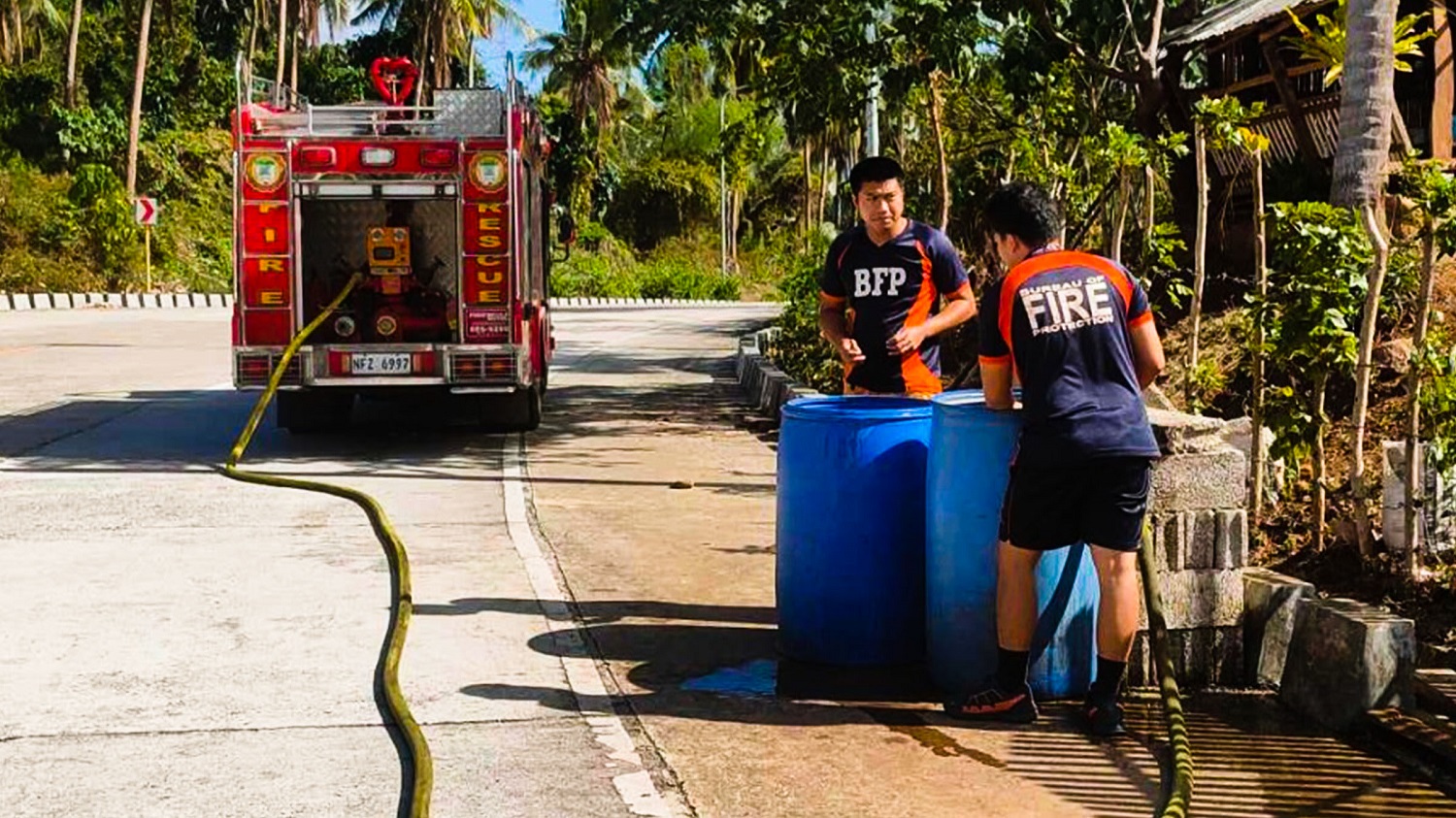Aircraft Pilot Capt. Leo Ariel Guardo License suspended for flying plane without flight plan
CAAP PRESS RELEASE
June 30,2016
MANILA – Civil Aviation Authority of the Philippines (CAAP) Director General William K. Hotchkiss III, AFP (Ret.) imposed a 330-day suspension on a pilot who landed his aircraft at the Marinduque Airport with neither a flight plan nor clearance from the air traffic control tower.
According to Hotchkiss Capt. Leo Ariel Guardo was found guilty of committing four violations of the Philippine Civil Aviation Regulations (PCAR), compromising the safety of other persons when he forcibly landed on January 18 his Cessna 206 aircraft at the airport located in Gasan, Marinduque.
“Guardo did not submit a flight plan and did not communicate with the air traffic controller before landing on the runway. These are basic responsibilities of a pilot to ensure the safety of his passengers and of other aircraft,” Hotchkiss pointed out.
In his June 27 order, Hotchkiss said that Guardo was dealt the sanction for failing to submit a flight plan and insufficient information of radio frequency for communication with the air traffic control tower, which is punishable with a 90-day suspension; failing to maintain radio communications, penalized with a 60-day suspension; landing without clearance from the air traffic controller, which is good for a 90-day suspension; and finally operating in a controlled airport without a clearance for which he is slapped with another 90-day suspension.
The CAAP Director General assured that Guardo was afforded due process and was given ample time to answer the charges and appeal his suspension.
But, Hotchkiss said, “His explanation for his actions was insufficient to absolve him of liability in committing the violations of the PCAR. His reckless action could have caused an accident and resulted in tragedy.”
Based on the investigation conducted by Capt. Joseph Ramos, officer-in-charge of the CAAP Training Organizations Certification Issuance Department (TOCID), Guardo took off from Puerto Princesa for Calapan, Mindoro to pick up passengers bound for the Marinduque Airport.
Ramos said that before Guardo headed for Marinduque he did not file a flight plan at his place of origin, Calapan town in Mindoro, due to the absence of a Flight Service Station.
But even then, the TOCID-OIC said, the pilot did not communicate with the air traffic control tower at the Marinduque Airport before approaching for landing and, without warning, made a short final approach on runway 16 immediately after another aircraft that just landed cleared runway 34.
At that time, runway 34 was being utilized for all landing aircraft and runway 16 for takeoffs.
As soon as he parked the small aircraft, Guardo was summoned by the airport’s tower controller-on-duty to explain his actions. The pilot claimed that he did not know the radio frequency of the Marinduque Airport which disabled him to inform the tower of his approach.
Ramos said that when Guardo was formally informed of his PCAR violations and that his pilot license could be suspended, the pilot responded in his defense that “The incident that day was not intentional and that there was no intention to violate the rules of the air.”
The pilot further claimed, “I was assuming the aircraft was leaving the traffic pattern. I also assumed that the runway is temporarily closed because of the work in progress on the other side of runway 34. I decided to land on runway 16 because the wind was at calm condition. I didn’t know there was a flying school operating in that aerodrome. I didn’t know that Marinduque is a controlled aerodrome.”
Based on Ramos’ findings, which are supported by valid and sufficient evidence, CAAP found Guardo guilty of violating PCAR provisions.


